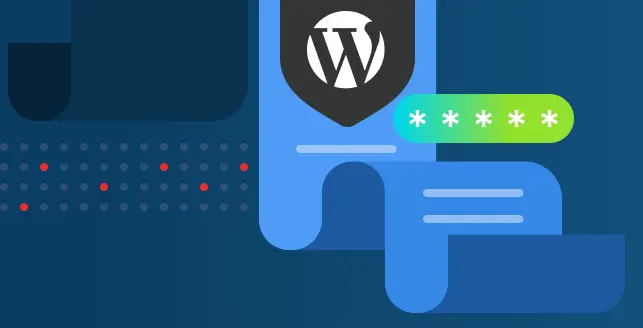
Ruby on Rails is a powerful framework that streamlines web application development, but it comes with a huge security risk when left in development mode on a live server. While development mode is designed to provide detailed debugging information for developers, it also exposes critical system details that can be exploited by attackers.
This level of transparency may be helpful during development but is a serious security vulnerability if exposed to the public.
When a Rails application is running in development mode, it unintentionally leaks sensitive information such as middleware configurations, application root paths, and system errors in HTTP responses.
In this blog, we’ll explore the risks of keeping Rails debug mode enabled, how attackers can use leaked information to craft targeted attacks, and the recommendations to safeguard against it.
What are the impacts of running Ruby on Rails in development mode on a live server?
1. It exposes your app’s internal workings
Development mode is incredibly helpful when you’re building (detailed error messages, stack traces, environment variables, middleware layers). Everything you need to debug.
But that’s also exactly what makes it a dangerous gateway for an attacker.
With this level of detail, they can:
Map your application’s structure
Discover internal routes
Identify technologies and versions used
Pinpoint misconfigurations to exploit later
2. It can leak sensitive information
Rails in dev mode often surfaces environment variables directly in error messages or logs. That might include:
Database usernames and passwords
Third-party API keys
Secret tokens and internal endpoints
If an attacker stumbles upon this, it’s not just your app that’s at risk– it could be your entire infrastructure.
3. It increases the risk of Remote Code Execution
Detailed stack traces often reveal outdated gems or vulnerable versions of libraries. Combine that with exposed configurations, and you’re handing attackers a recipe for a remote code execution attack.
Once they’re in, they can:
Execute arbitrary code
Escalate privileges
Pivot through your systems
4. File and directory paths are exposed
Ever seen an error message that shows the full path to a config file? In dev mode, Rails might display:
Absolute file paths
Configuration file names
Sensitive internal scripts
This can help attackers locate and target files where secrets or credentials are stored, especially if they gain file system access through another vulnerability.
5. It helps brute-force and enumeration attacks
Verbose errors give clues; whether a username exists, whether a login failed due to the wrong password or a nonexistent account, or which parameters trigger validation errors.
For attackers, this makes:
Brute-force login attempts faster
SQL injection and input fuzzing more effective
Endpoint discovery much easier
You’re effectively handing them a guided tour of how your app reacts to bad input.
6. It makes you vulnerable to DoS attacks
Rails dev mode logs a lot. Every stack trace, every parameter, every little detail.
Flood your app with bad requests, and it quickly becomes resource-intensive, slowing down or even crashing your server.
Preventing vulnerabilities due to leaving Ruby on Rails in development mode
Configure rails application to run in production mode. Using the following command.
rails server -e production
Change config/application.rb file to disable development mode.
config.consider_all_requests_local=false
To mitigate risks, always run applications in production mode, disable verbose error messages, and enforce strict access controls.
Regular security audits, proper environment configurations, and monitoring suspicious activities are essential to maintaining a secure Rails application.





